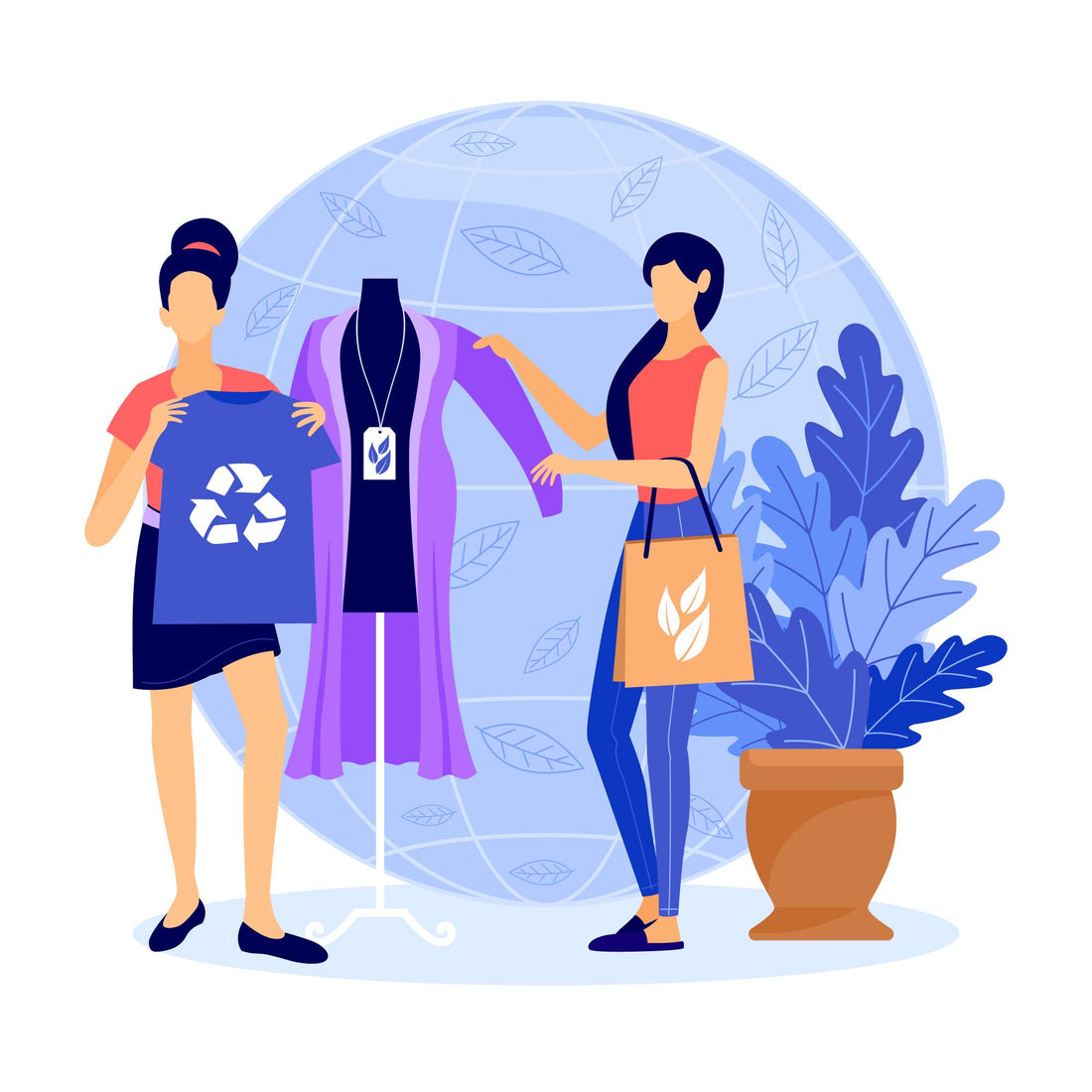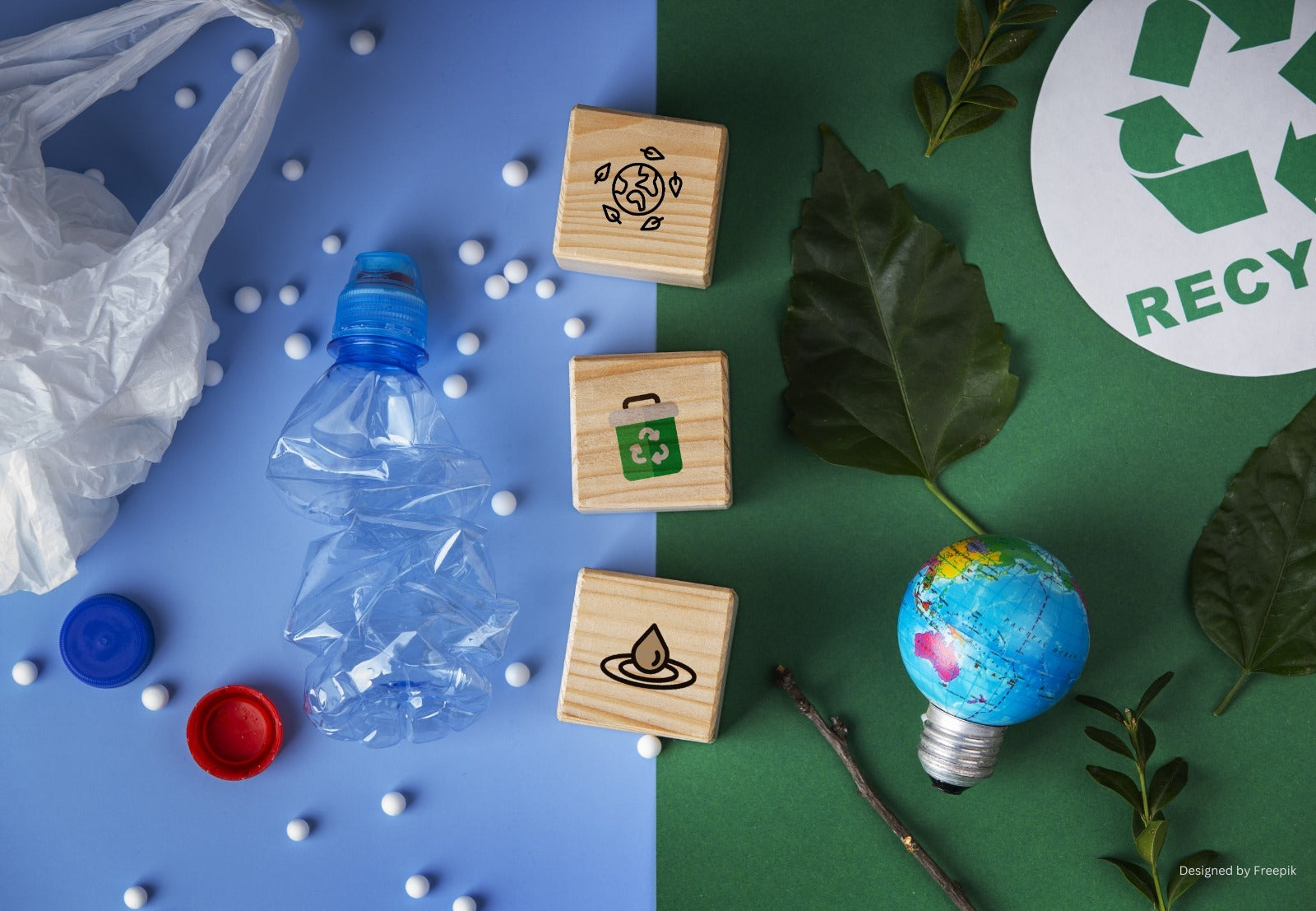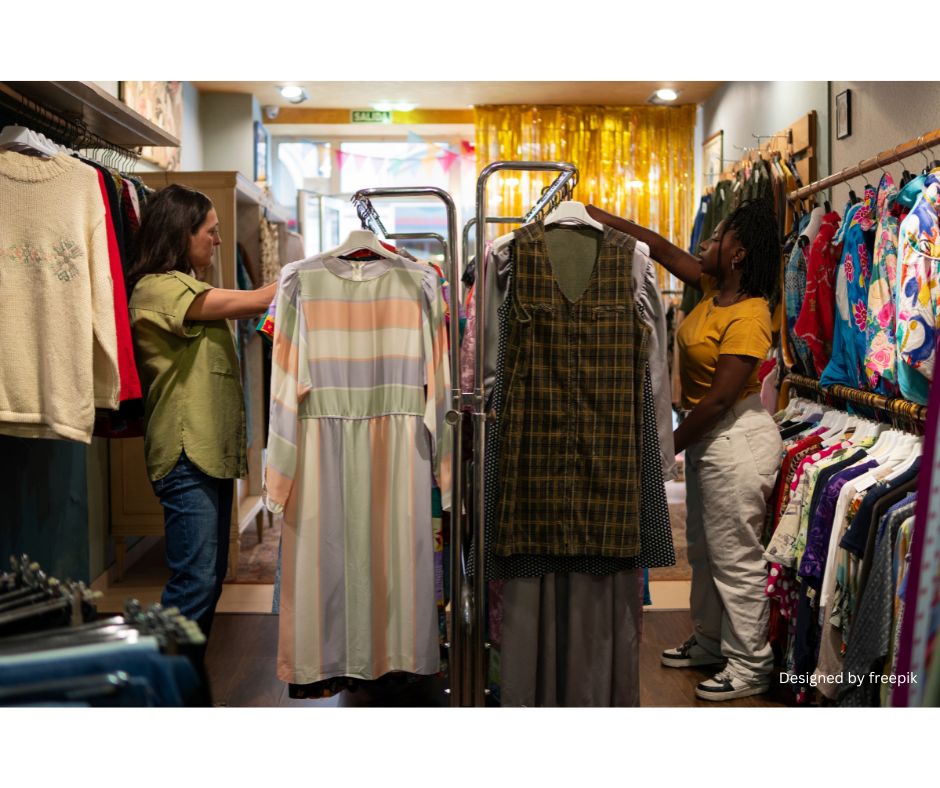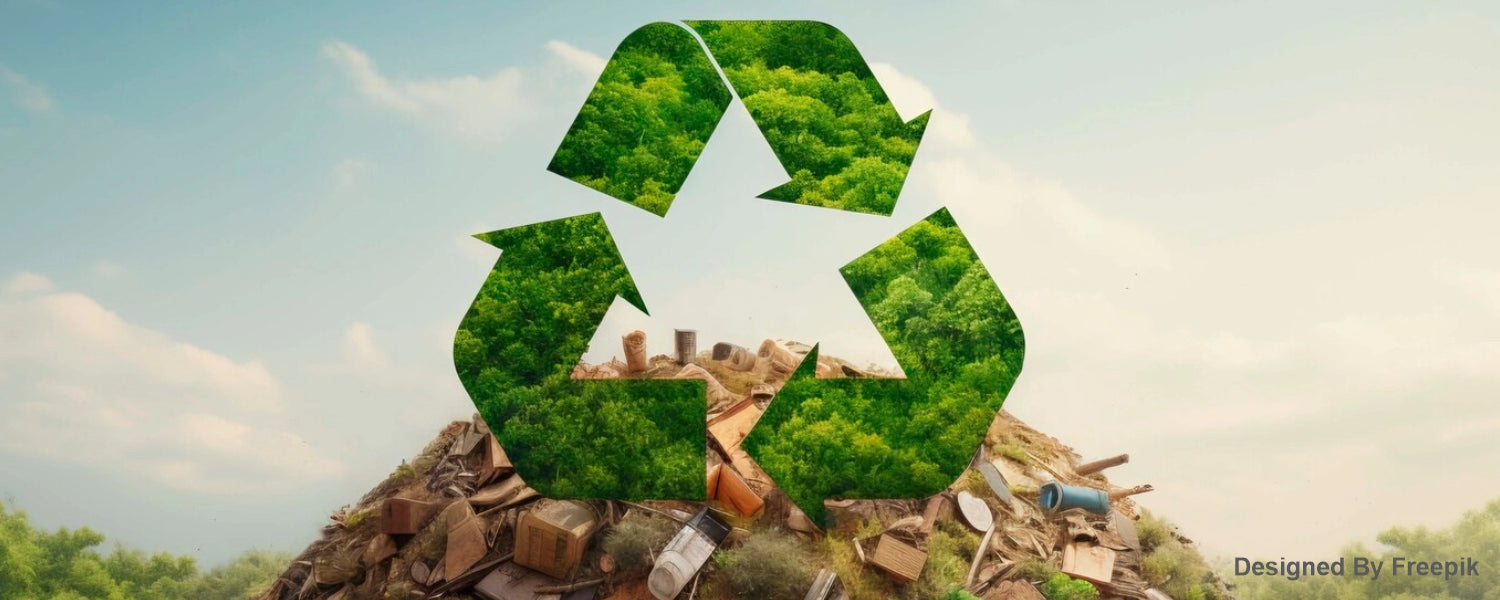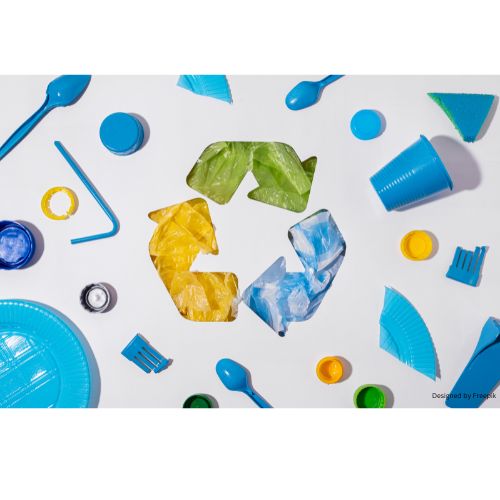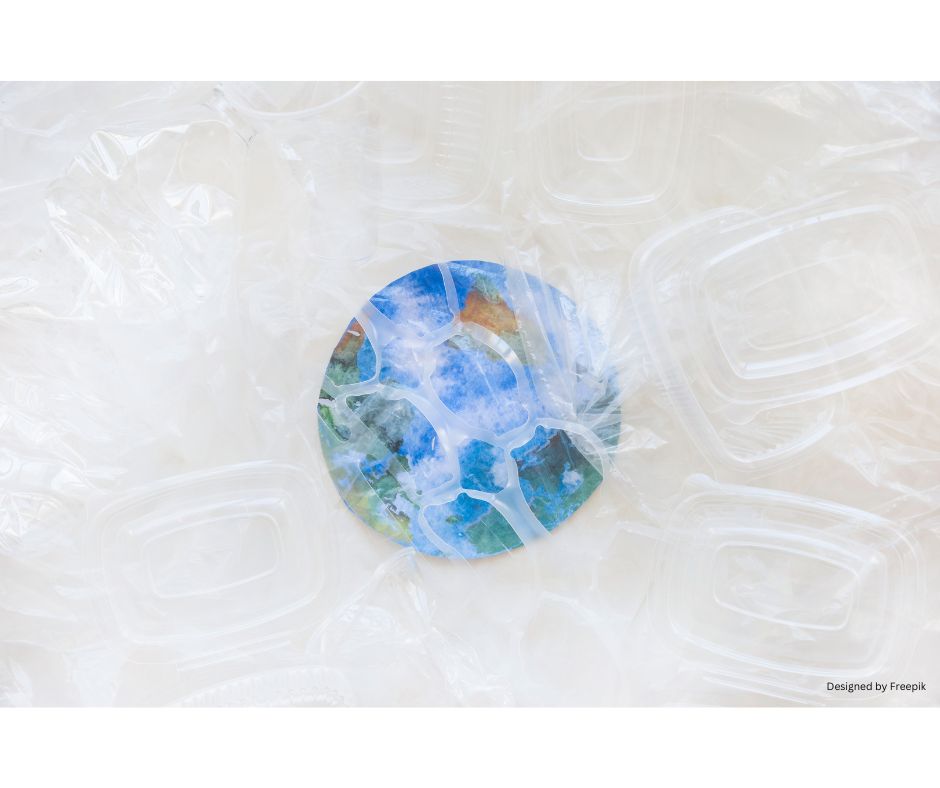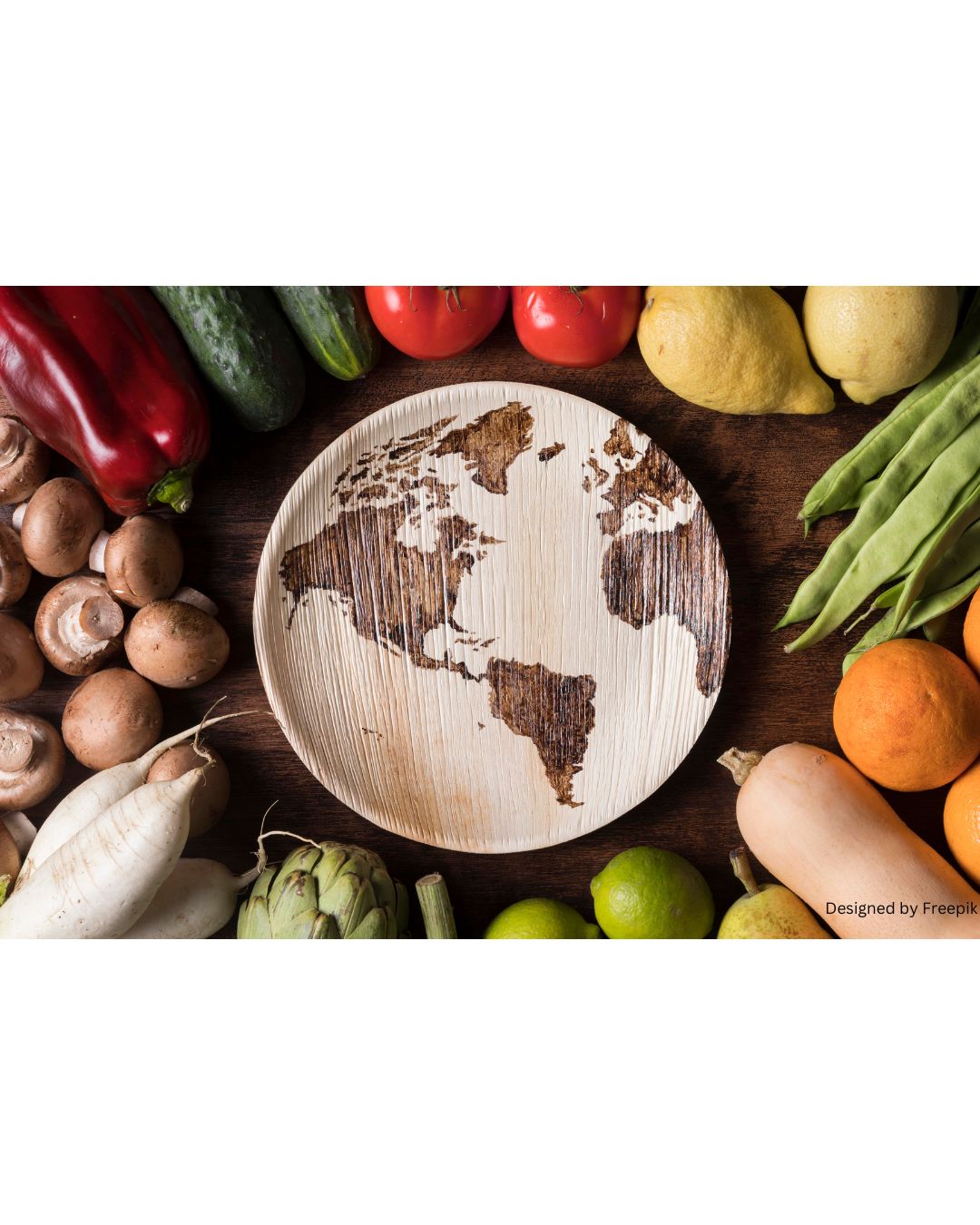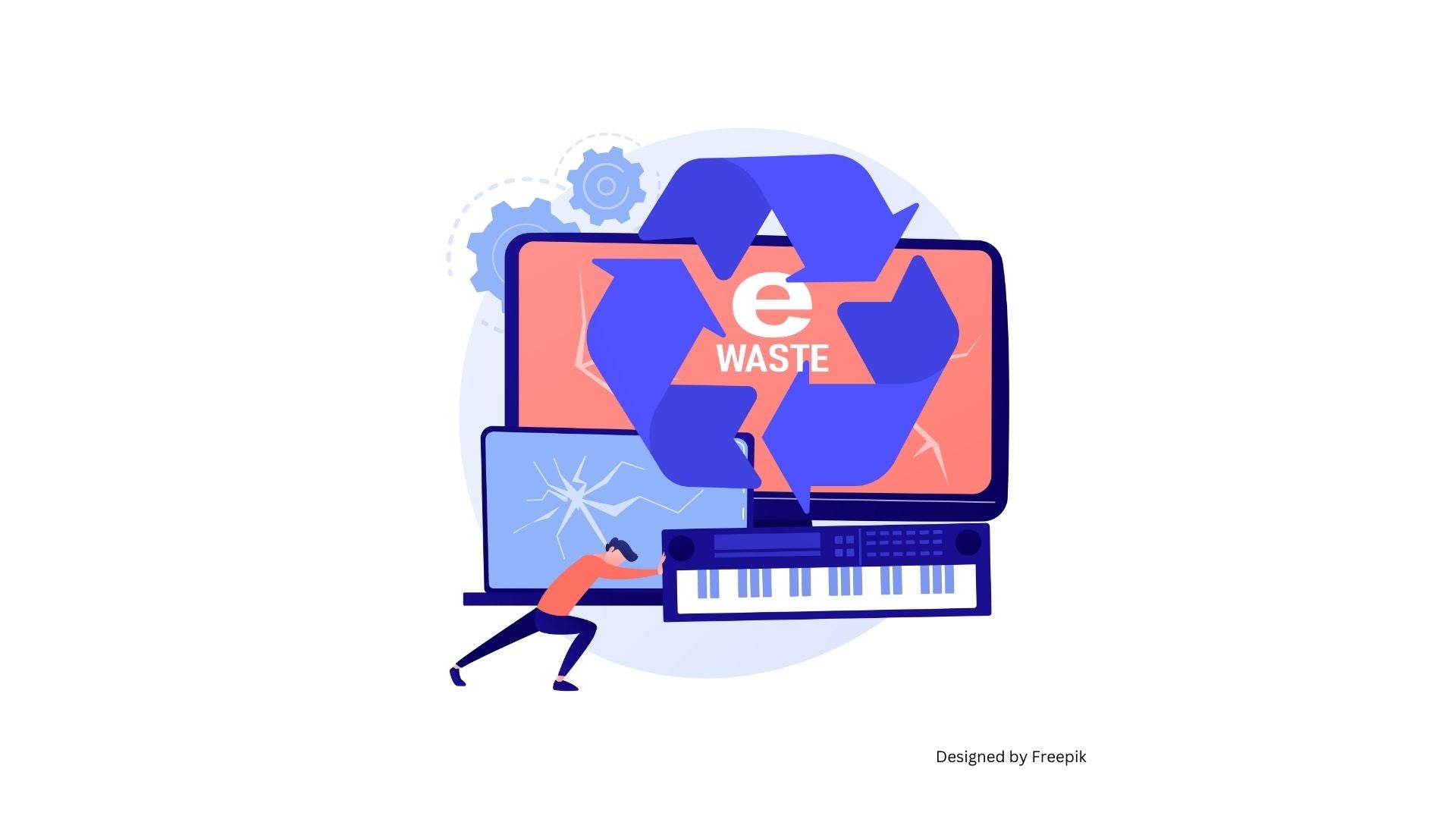India is currently championing the wave of sustainable living, with notable examples spanning political, corporate and Bollywood sectors. Prime Minister Narendra Modi made a powerful statement on sustainability at the G7 summit in Japan in 2023 by wearing a special jacket crafted from 25-28 recycled PET bottles. His consistent commitment to the environment has been evident through previous instances of wearing sustainable outfits. Indian Oil's 'Unbottled' brand offers sustainable garments made from recycled polyester, including uniforms for its staff, each set supporting the recycling of around 28 PET bottles. Most recently, 'The Archies' merchandise collection introduced T-shirts and hoodies made from a blend of cotton and RPET fabric, resulting in the recycling of 300,000 PET bottles.
In recent years, there has been a growing concern about the environmental impact of the fashion industry, which accounts for 10 percent of total carbon emissions globally. According to the Indian Express, greenhouse gas emissions from the fashion industry are expected to increase by more than 50 percent by 2030. However, increased awareness has prompted many brands and manufacturers to adopt more sustainable practices, including the use of recycled materials. RPET (Recycled Polyethylene Terephthalate) stands out as a newcomer in this regard.
Pioneering Sustainability in Fashion:
RPET, or Recycled Polyethylene Terephthalate, is an alternative to traditional fabrics, repurposing existing materials to reduce the need for virgin resources and prevent items from becoming waste. It is created from recycled plastic bottles, which are broken down into small pellets, melted, and spun into yarn or fibers. These bottles undergo collection, sorting, and cleaning before being processed into fine yarn suitable for weaving or knitting into fabric. The resulting material is used to make various clothing items, including T-shirts, jackets, and shoes. RPET fabrics are valued for their durability, moisture-wicking properties, and wrinkle resistance, making them a popular choice for activewear and outdoor clothing.
Sustainability Impact and Challenges:
RPET clothing typically contains anywhere from 30% to 100% recycled material, with the remainder usually being virgin polyester, cotton, or other fabrics. Its production reduces energy consumption by up to 50% compared to virgin polyester and decreases carbon emissions by up to 55%. Furthermore, RPET clothing helps mitigate plastic waste by repurposing old bottles that would otherwise end up in landfills or oceans.
Despite its sustainability benefits, RPET clothing faces challenges in widespread adoption. The recycling infrastructure for these garments remains limited, posing difficulties in ensuring proper recycling at the end of their lifecycle. Additionally, like conventional polyester, RPETclothing can release microplastics when washed, contributing to plastic pollution in water bodies. Some critics also raise concerns about the quality and longevity of RPET fabrics compared to virgin polyester. Moreover, although made from recycled materials, RPET is still a synthetic fiber, which may deter some environmentally-conscious consumers. As an alternative, a mixture of nature-derived materials such as bamboo blends could be considered, which are less resource-intensive compared to Cotton. Cotton plants demand considerable water and are more susceptible to pests, often necessitating pesticides for protection. Moreover, significant water usage is required in processing cotton into usable fiber and fabric, with a single T-shirt requiring 700-1,700 gallons. Levi Strauss, for instance, utilizes 3,781 gallons of water to manufacture a single pair of jeans, while 10,000-20,000 gallons are consumed in cotton production. In contrast, Bamboo has a relatively low carbon footprint due to its rapid growth rate, enabling it to absorb a significant amount of carbon dioxide from the atmosphere. In our journey towards sustainability, each choice and product holds significance.
In conclusion, choosing durable products and practicing moderation in consumption are crucial steps in addressing sustainability challenges. When selecting fabrics, it's essential to consider not only comfort and personal preferences but also the long-term costs and benefits. For instance, the implementation of nationwide waste collection fees could potentially impact shopping decisions. Therefore, now is the opportune time to transition towards more sustainable choices.
For Further reading:
https://www.patagonia.com/our-footprint/recycled-polyester.html
https://www.unsustainablemagazine.com/fashion-fabric-from-sustainable-to-harmful/

